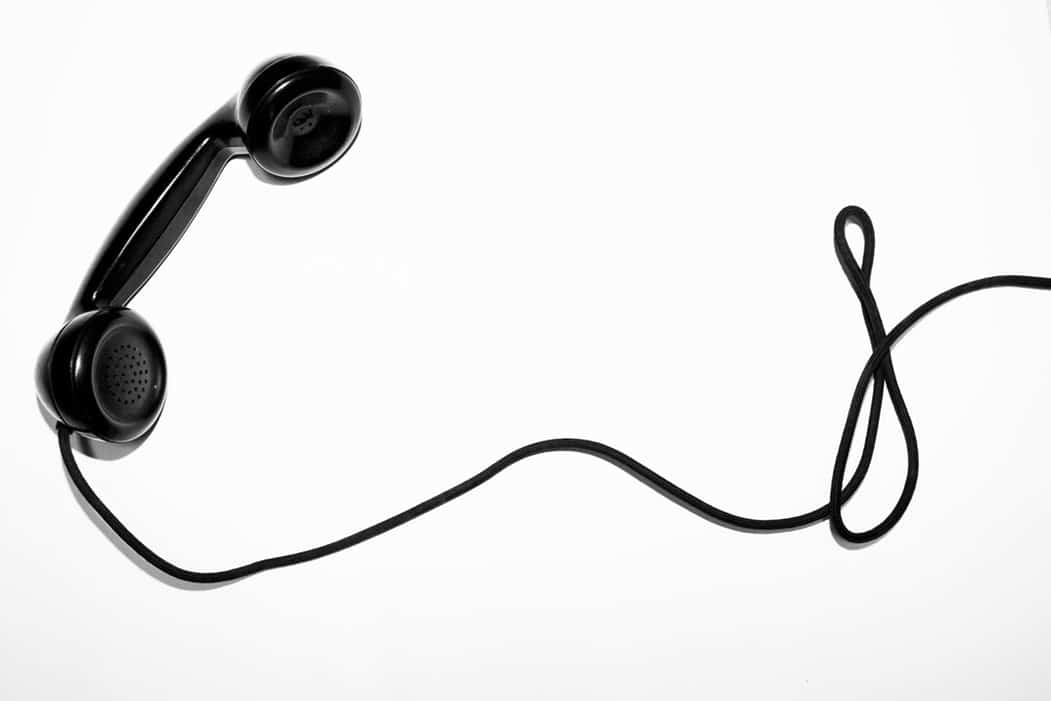If you want to listen to the audio version of How to Contact Journalists, press play here.
A friend emailed the other day asking if we had any recommendations for how to contact journalists. This is what we told him.
1. Identify why you want to contact a journalist
The journalists you contact are very busy people (I would receive up to a dozen emails from PR reps every day).
You should never, under any circumstance, email a journalist asking an open ended question that will take a long time to answer. This is a sure way to guarantee that you will not receive a response.
If you ask a precise question that can be answered in under 10 seconds, you may receive a response (I am referring to emails, it is different in person). Journalists are bombarded with emails every day. If they do not know you and it is a long question, you will be ignored.
2. Write to a journalist as if they are your friend
Once you begin receiving emails every day from PR, the emails begin to look the same. When I was writing for VentureBeat, I would receive emails throughout the day with the same generic start:
“Dear Conrad, We thought this might be of interest to you.”
Literally dozens of emails would have this same beginning. If you receive 10 of these emails in a row, they become very easy to ignore. The formality and lack of human touch become off-putting.
My advice is to write to journalists as if they are your friends. Treat them like people. As an example, an email with the beginning line is much more effective than any generic sentence:
“Hey Conrad, saw we had a mutual friend and wanted to reach out.”
(I received this email earlier today. This was not an email regarding writing an article, but I did not know this person and I took the time to respond).
3. Respect their time
If you do not know the journalist personally, never ask to meet for a coffee (coffee does not only take 30 minutes, it disrupts someone’s day and with commuting can take over an hour). In fact, I would not even recommend asking for a phone call unless it is important. The best way I have found to connect with journalists and busy people in general is to show that you understand that their time is valuable and that although you would like to meet, you do not want to burden them at all. As an example, here is the email I wrote Steve Cheney (contributing writer at TechCrunch).
“I know you are very busy so I don’t want to take your time to grab a coffee, but I’m pretty involved in the NYC entrepreneurial scene and if you’re planning on attending an upcoming event in the future, it’d be great to hear just so I could introduce myself in person.
Hope to keep in touch and best wishes Steve.”
Fortunately for me, Steve and I were able to grab coffee the next day.
4. The second best way to meet a journalist is through an introduction
The site that is most effective in helping with this is LinkedIn. It is very easy to type in a journalist’s name and see if you have any mutual connections. If you do, it is just as easy to ask the person to make an introduction. If you do not feel comfortable doing this, you can ask to use their name in an email. As an example:
“Hey X, I saw you were connected to my friend Adam and he recommended I contact you regarding X.”
Through LinkedIn, I have 2 degrees of separation with over 200,000 people (and this is not unusual for people who actively use the site). There are a lot of people you can reach out to.
As a note, remember that you need to have a legitimate reason for connecting with journalists. If you have an inquiry that you can find the answer to online, you should not waste anyone’s time. It is really important throughout this process that you respect everyone’s time (not only the journalist, but also your friends’ if they are helping).
5. The best way to meet a journalist is in person
This is a lot easier to do than most people believe, particularly in the highly connected tech community. I took the elevator with TechCrunch editor Erick Schonfeld at one of the first NYC Tech events I attended and Michael Arrington sat in front of me at this year’s Tech Crunch Disrupt event in New York. An important part about networking is that it’s something you need to constantly do. If you just start one day and say, I need to connect with this person, then you put yourself in a much harder position than if you had been meeting and following up with people the entire time.
Media publications hold a lot of events; they are more common than you think. At every one of these media events I have attended, a high percentage of journalists at the company have attended. As an example of an upcoming media event, here is a posting by VentureBeat: http://venturebeat.com/2011/06/21/reminder-venturebeat-and-demo-in-vancouver-thursday.
Another way to find events which journalists frequently attend is to ask well connected entrepreneurs. These people tend to enjoy helping others and are happy to recommend events where they have encountered journalists. Read our Guide to PR in 2020 for more information on how to pitch to journalists and win media coverage.






